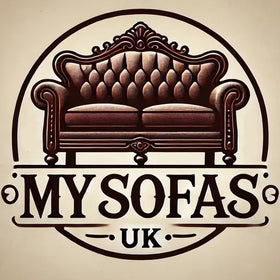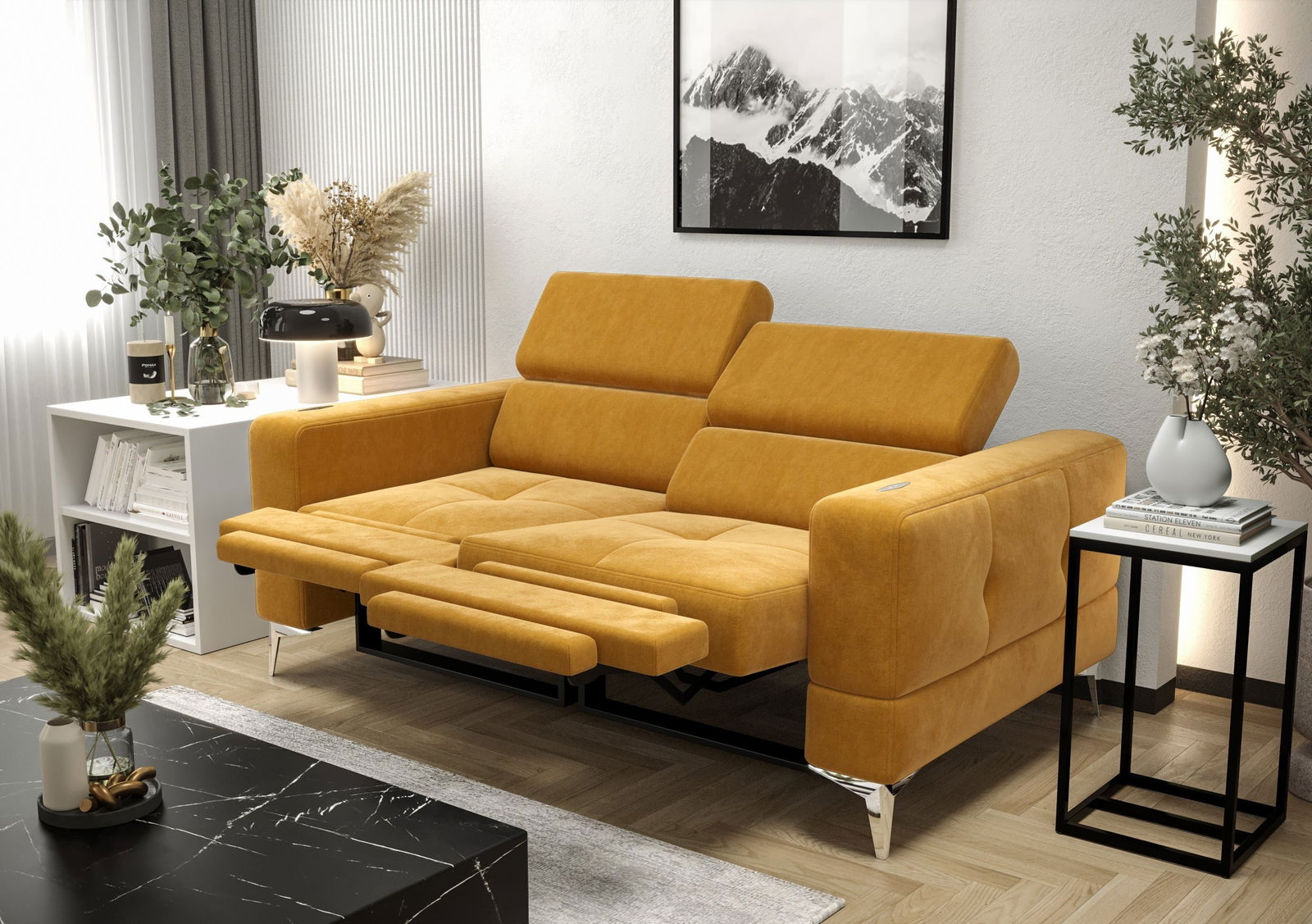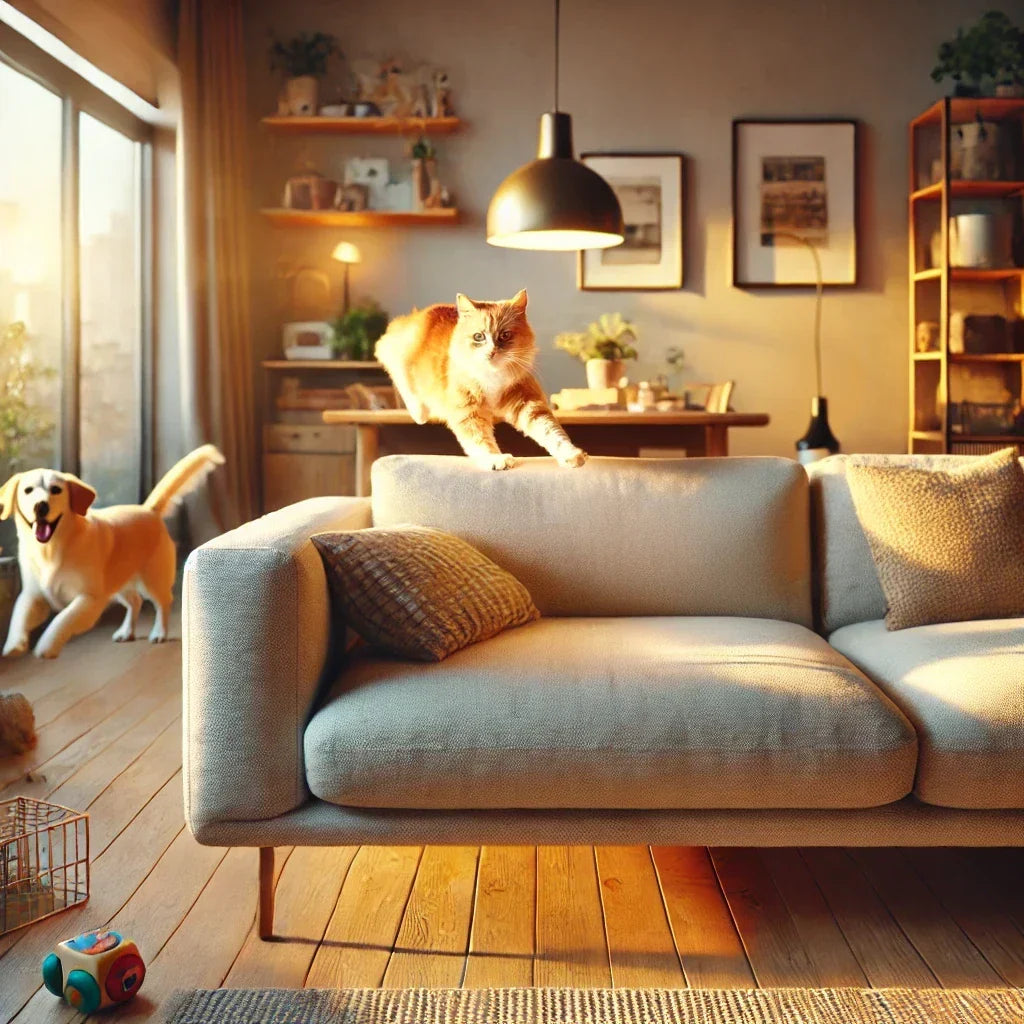A leather sofa often forms the heart of a living room, symbolising elegance, comfort, and timeless style. It's an investment that, with proper care, can remain stunning and comfortable for many years. Yet, as a noble, natural material, leather requires particular attention. Many people fear caring for leather or, worse still, apply improper methods that cause more harm than good.
Don't worry—maintaining your leather sofa doesn't have to be complicated or time-consuming. In this article, we'll reveal simple "secrets" and reliable guidelines to ensure your leather sofa—perhaps a beautiful model from MySofas—retains its impeccable look, softness, and character for years. You'll soon find leather care becoming second nature.
Why is Leather Care So Important?
Understanding leather is key to proper maintenance. Unlike synthetic materials, leather is "alive." It breathes, absorbs moisture and oils, and reacts to its environment. What harms leather?
Dust and Dirt: Tiny particles act like sandpaper, causing microscopic damage.
Grease: Natural oils from hands, hair, and food residues can penetrate the leather, causing stains and discolouration.
UV Rays: Direct sunlight fades colour and dries leather, making it hard and prone to cracking.
Dry Air and Heat: Winter heating or proximity to radiators or fireplaces drastically accelerate drying.
Regular and correct care combats these factors, preserving leather's natural elasticity, softness, colour, preventing cracks, and prolonging its life—allowing you to enjoy its beauty and comfort much longer.
Know Your Leather Sofa
This is crucial: not all leather is the same! Using products intended for one leather type on another can damage it. Identifying your leather type is therefore essential. Common sofa leather types include:
Aniline Leather (Full-grain, Natural): Top-quality leather dyed with transparent dyes, showcasing its natural beauty—visible pores, minor scars, and varying textures. Extremely soft, comfortable, and breathable but delicate and susceptible to stains, scratches, and fading.
Care: Requires great caution. Use only specialist, gentle aniline leather products. Protect from water, grease, and direct sunlight.
Semi-Aniline Leather: A balance between natural beauty and resilience, lightly coated with pigment and protective lacquer. Retains much natural appearance and softness but is more resistant to daily use and stains.
Care: Still requires gentle care. Use products specifically for semi-aniline leather. Regular moisturising is essential.
Pigmented Leather (Corrected, Protected): Most common in furniture. The leather surface is lightly sanded to remove imperfections, then covered with opaque pigments (colour) and protective lacquer. Highly resistant to stains, abrasion, and fading compared to aniline or semi-aniline.
Care: Easiest to maintain. A wider range of cleaning and care products can be used (but still leather-specific!). More resistant to moisture.
Nubuck/Suede: Leather sanded on the grain side (nubuck) or flesh side (suede), creating a velvet-like texture. Highly absorbent and prone to staining and grease.
Care: Requires specialised methods. Mainly cleaned with special erasers, brushes, and foam or spray products. Avoid water.
Identifying Leather Type: If unsure, check the product description (at MySofas, we always specify leather types clearly). Alternatively, do a simple water-drop test on a hidden spot: quick absorption indicates aniline or nubuck; if it stays on the surface, it’s likely pigmented or semi-aniline.
Routine Leather Care
Consistency is key. These simple actions won't take much time yet greatly benefit your sofa:
Weekly Vacuuming: Use a vacuum with a soft brush attachment, carefully vacuuming the entire sofa surface, especially crevices and seams, to remove dust and crumbs.
Weekly or As Needed Wiping: Wipe with a clean, soft, dry microfibre cloth. For minor dirt, lightly dampen the cloth (use distilled or boiled water). Avoid excess water!
Proper Positioning: Avoid placing sofas in direct sunlight—UV rays cause fading and drying. Maintain distance (30-50 cm minimum) from heat sources like radiators and fireplaces.
Stain Removal and Deeper Cleaning
Accidents happen. Swift reaction and proper methods are vital:
Act Quickly: The fresher the stain, the easier to remove.
Blot, Don't Rub: Gently blot spills with an absorbent cloth or paper towel from edges to centre. For dried dirt, gently scrape (e.g., with a blunt teaspoon edge) and vacuum remnants.
Use Leather-Specific Products: Absolutely essential. Choose cleaners specifically designed for your leather type. Always spot-test in a hidden area first to ensure no discolouration.
Proper Technique: Apply a small amount of cleaner to a soft cloth (never directly on the sofa). Gently clean in circular motions from outside towards centre without vigorous rubbing. After cleaning, wipe with a clean, slightly damp cloth to remove residue. Air-dry naturally—no hairdryers!
Never Use: Solvents (acetone, petrol), bleach, harsh detergents (dish soap, washing powder), ordinary soap, baby wipes, or abrasive brushes/sponges. These can irreversibly damage or dry leather.
Moisturising and Conditioning
Just as your skin needs moisturiser, leather sofas require regular nourishment. Over time, leather loses natural oils, becoming less flexible, hardening, and cracking.
Purpose: Conditioning replenishes oils, maintaining flexibility, softness, and durability.
Frequency: Recommended 1-2 times annually, preferably after thorough cleaning. In very dry environments (e.g., winter heating), do this more frequently.
How-to: Use only specialist leather conditioners or creams suited to your leather type. Apply thinly and evenly using a clean cloth, massaging gently in circles. Allow absorption according to product instructions (usually a few hours). If needed, buff lightly with a clean, dry cloth to remove excess and enhance shine.
Treat your leather sofa with care, and it will reward you with lasting beauty and unmatched comfort. It's an investment worth the effort.



